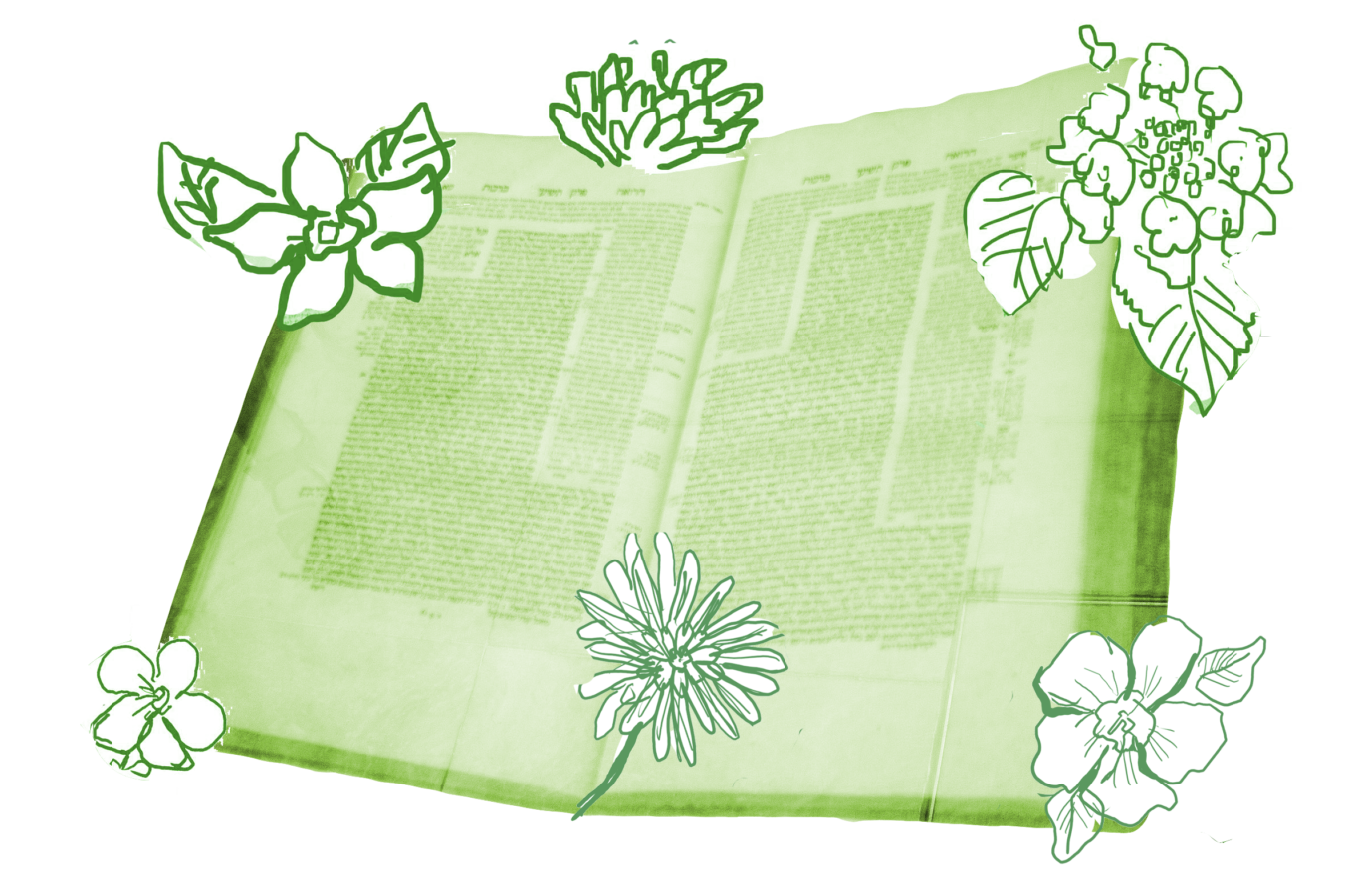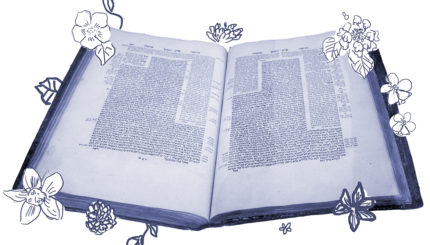The Talmud has already described the function of communal fasts in response to catastrophes — be they natural, like droughts, or caused by warfare or crime — and begun to describe aspects of the actual procedure. On Taanit 13 we learned that the community should turn inward and consider their own flaws in the morning before turning to prayer in the late afternoon. On Taanit 15 (yesterday) we learned that at times the ark was brought into the public square and covered with ashes, as were the heads of the members of the community. The intensity of this experience is described on today’s page by Rabbi Zeira:
Rabbi Zeira said: At first, when I saw the sages place burnt ashes upon the Ark, my entire body trembled.
It is often difficult to access the emotional qualities of ancient rites, but Rabbi Zeira offers us a glimpse. A public calamity would have been exceptionally terrifying. If rains did not come, if wars did not end, people would surely die. The rituals of the fast were designed to visually represent the mortal peril the entire community faced. At these times, the Ark — the vessel that glorifies God and houses the sacred scripture — was turned into a humiliated public mourner. Such a reversal manifested the terrible danger the entire community faced.
Today’s page describes other measures that were used to direct God’s attention to the suffering of the people. For instance, they would sometimes visit the cemetery, signalling to God: “We are like the dead before you.” (There was also an idea that the dead might intercede with God on the community’s behalf.)
And then there were the rebukes. Once the community was gathered in the town square, their lives hanging in the balance, the elders of the community would begin to rebuke them for not behaving better. A beraita (early rabbinic teaching explains):
The sages taught: If there is an elder, then the elder says the admonition, and if not, a sage says the admonition. And if not, a person of imposing appearance says it.
Ideally, these words of rebuke would come from an elder or scholar. But if there was no one of that stature available, a person of imposing appearance could achieve a similar effect. Rabbi Yehuda explains further that the person leading the prayers should be someone who was well regarded in their youth, attractive, humble and accepted by the people. In addition, it had to be someone who was familiar with songs and had a pleasant voice — an expert in reading the Torah, the Prophets and the Writings (also known collectively as the Tanakh). He also had to have studied midrash, halakhah and aggadah. And be an expert in all of the blessings.
It is interesting to note that the qualifications for the role of “rebuker in chief” in a time of public emergency include both deep learning and experience, as well as what we might consider a more superficial characteristic of distinguished appearance. Someone with gravitas in the town square would have a better chance of prodding those assembled into the right frame of mind to do the work of repentance.
As a side note, we also happen to have preserved here an encapsulation of what the rabbis (or at least, Rabbi Yehuda) believed to be a well-rounded curriculum for a scholar. Such a person must be fully versed in all three parts of the Hebrew Bible (Torah, Nevi’im and Ketuvim) as rabbinic teachings, which are sorted into three categories — biblical interpretation, legal teachings and rabbinic teachings — and blessings.
Returning to the leader who would rebuke the people in the square — even more is required of this person. Beyond great learning and presence, he must have an enormous stake in the proceedings. Rabbi Yehuda says he must have children who are financially dependent on him and be unable to support them unless the rains come. In other words, his whole life — and that of his children — must ride on the success of this fast. This will, presumably, make it difficult to question his devotion to the somber task at hand.
These requirements for the leader who can stand in the center of the square and rebuke the people so they repent and end the calamity were incorporated into Jewish law and handed down in the codes of Maimonides and Rabbi Yosef Caro as conditions of appointing a cantor. With later additional requirements of modest dress and a full beard, they are technically still in force today, even if in practice they are rarely followed.
Even if most Jewish cantors don’t regularly hold the lives of an entire congregation in their hands, we are reminded that their job requires far more than being able to render the prayers beautifully — their gravitas as communal leaders demands respect.
Read all of Taanit 16 on Sefaria.
This piece originally appeared in a My Jewish Learning Daf Yomi email newsletter sent on November 28th, 2021. If you are interested in receiving the newsletter, sign up here.



